Jupiter’s hotter-than-expected upper atmosphere may be caused by high-speed charged particles slamming into the air high above the poles.


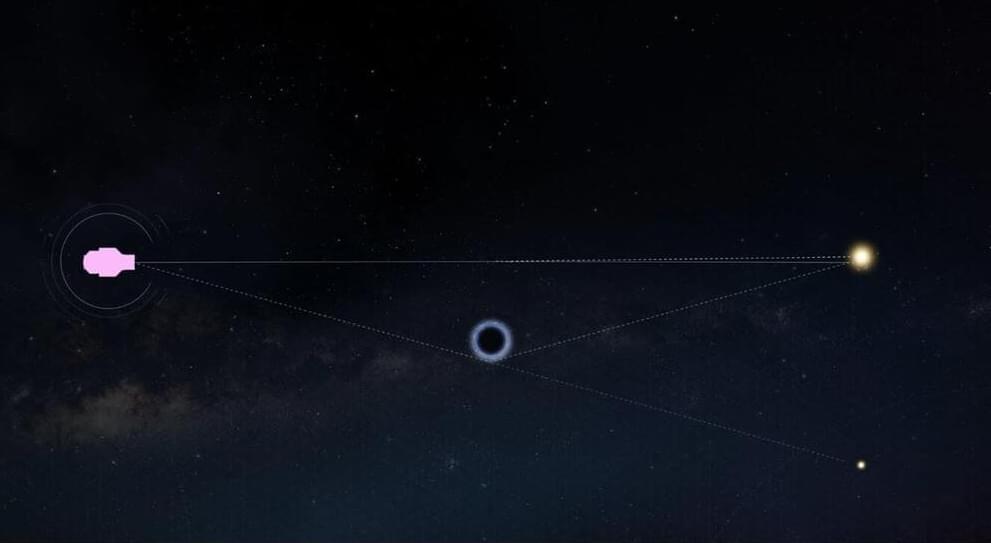
Gravity is the weird, mysterious glue that binds the Universe together, but that’s not the limit of its charms. We can also leverage the way it warps space-time to see distant objects that would be otherwise much more difficult to make out.
This is called gravitational lensing, an effect predicted by Einstein, and it’s beautifully illustrated in a new release from the Hubble Space Telescope.
In the center in the image (below) is a shiny, near-perfect ring with what appear to be four bright spots threaded along it, looping around two more points with a golden glow.

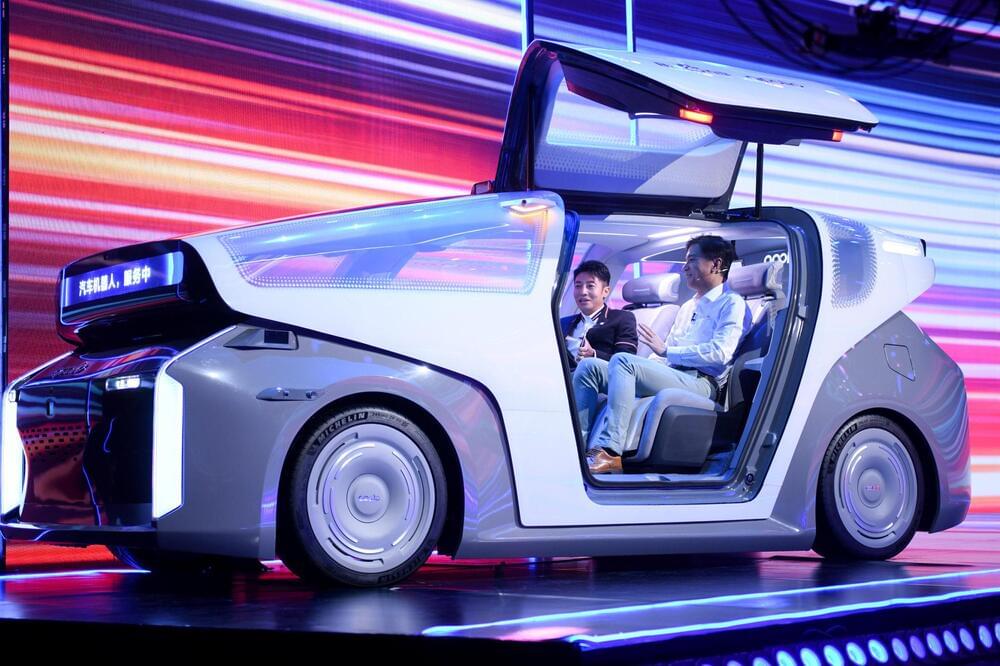
Baidu’s autonomous driving unit, Apollo, has developed a new vehicle capable of Level 5 vehicle autonomy, meaning the car requires no human intervention during operation. Notably, it has no steering wheel, gas pedal, or brake pedal, signifying that drivers are completely unnecessary.
The “robocar,” as Baidu founder and CEO Robin Li called it, was showcased during a livestream event on Wednesday. It is equipped with two passenger seats, a large curved screen, an intelligent console, and electrochromic glass with varying tints based on natural brightness. This follows Apollo’s showcase of its Moon model in June.
During the event, Apollo indicated that the new vehicle will incorporate machine learning to analyze passengers’ needs and respond to verbal commands. In some scenarios, the system may even anticipate demands made by people in the vehicle.
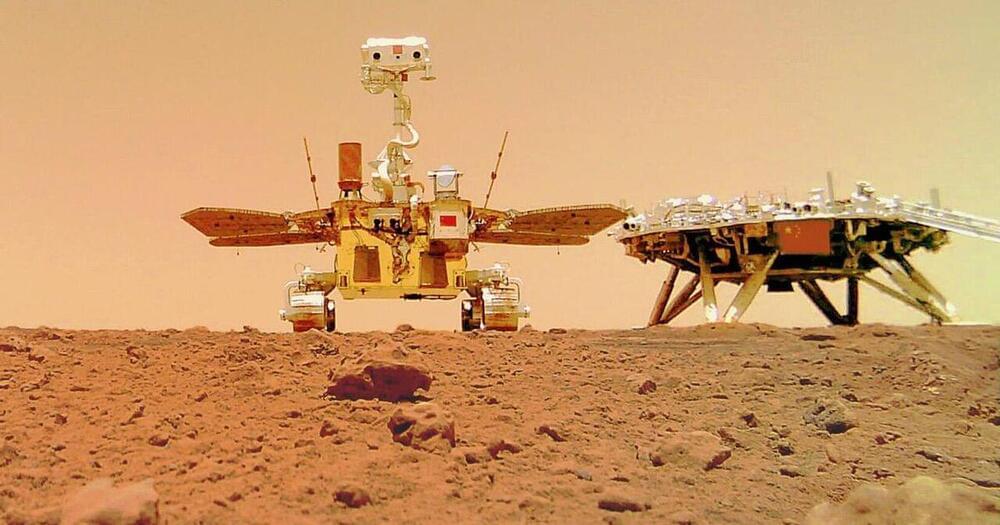

The crew of Shenzhou-12 has conducted the second spacewalk of the mission, and the second spacewalk of the new Chinese Space Station’s lifetime. The extravehicular activity (EVA) comes two months into their planned 90-day mission in low Earth orbit.
Mission commander Nie Haisheng and first operator Liu Boming exited the Tianhe core module at 00:38 UTC on Friday, August 20. The goals of the EVA included the installation of a new panoramic camera (known as Panoramic Camera D) as well as a backup thermal control pump. Second operator Tang Hongbo stayed inside the station to support the two spacewalkers, similar to how crew onboard the International Space Station support American and Russian spacewalks.
Haisheng and Boming exited the depressurized docking node of the Tianhe module, which is being used as an EVA airlock until the Wentian lab module, equipped with its own airlock for crewmembers, arrives in the spring of 2022. Panoramic Camera D was successfully installed, and the station was prepared for future EVAs and module installations. To that end, the taikonauts finished installing additional foot restraints onto the station as well as a work platform on the station’s robotic arm.
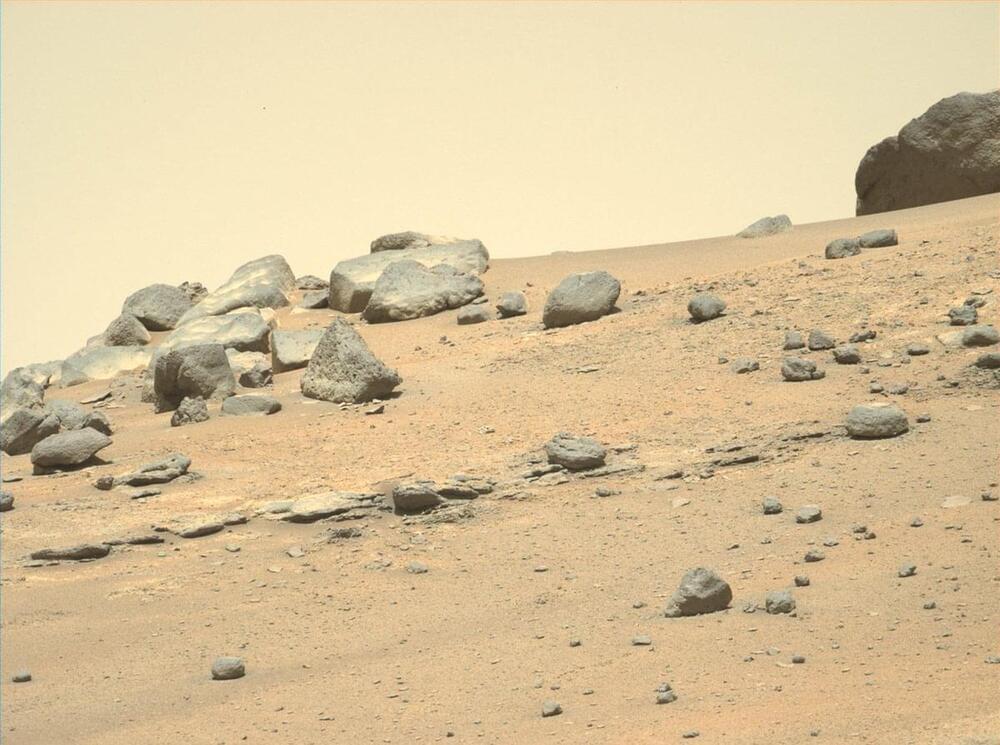
I will always remember the moments around our first sampling attempt. Longtime friend (and Sampling System Chief Engineer) Louise Jandura and I were in the operations area awaiting the next data downlink. It was “so far, so good” with our earlier morning results showing we had achieved a full-depth borehole. Other members of the team began to filter in as images of the sealed sample tube came up on the ops room monitors. We were all starting to get that feeling you can get in this business when a big milestone comes together because, at first look, it appeared to be our first cored sample. But within minutes, the team noted that the volume probe indicated no sample was in the tube, and we quickly switched to problem-solving mode – once again trying to solve another problem tossed our way from the surface of Mars.
Our team has been working hard over the last 12 days to both ensure we have adequately assessed the data from the first coring attempt and also developed a solid plan forward. After further review of the engineering and imaging data, our final conclusion is the same as our initial assessment: The rock simply wasn’t our kind of rock.
The Sampling and Caching System aboard the rover performed as expected – quite well, as a matter of fact. However, the rock we chose for this first effort did not. The act of coring into it resulted in the rock breaking apart into powder and small fragments of material, which were not retained in the tube due to their size. Although we had successfully acquired over 100 cores in a range of different test rocks on Earth, we had not encountered a rock in our test suite that behaved in quite this manner.
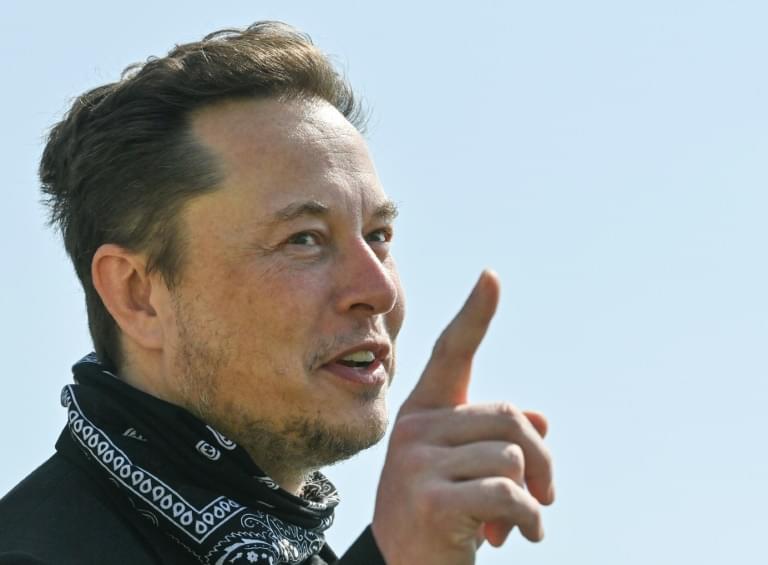
Are you ready?
After dominating the electric vehicle market and throwing his hat into the billionaire space race, Tesla boss Elon Musk announced the latest frontier he’s aiming to conquer: humanoid robots.
The irascible entrepreneur said Thursday he would have an initial prototype of an androgynous “Tesla Bot” by next year.
Based on the same technology as the company’s semi-autonomous vehicles, the robot will be able to perform basic repetitive tasks with the aim of eliminating the need for people to handle dangerous or boring work, Musk said at an online event on Tesla’s advances in artificial intelligence (AI).
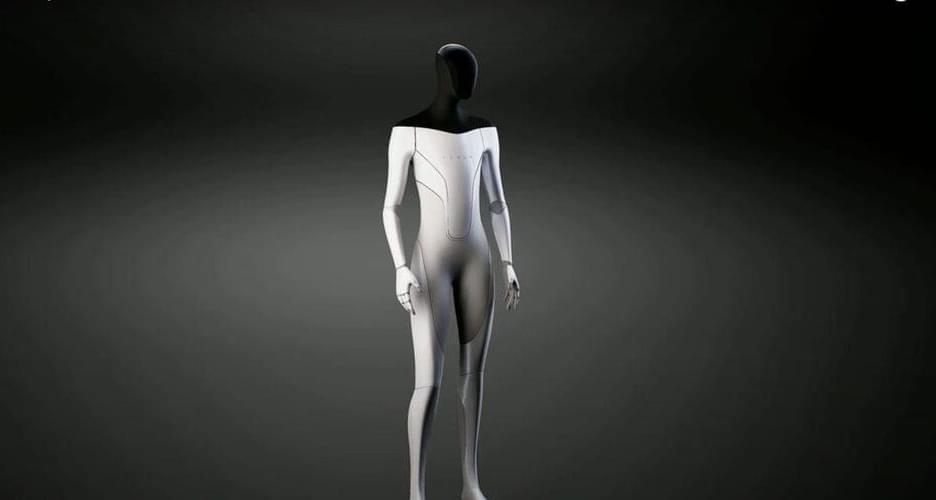
I’d like to see anything as far as a Humanoid Robot. But, at this point i think it would be a mistake to try and re invent the wheel. Boston Dynamics last sold for 2 billion dollars, a steal really, and a shame they didn’t try to bring it back to the USA. Anyways, as far as Humanoid Robots, unless he is willing to solve the issue of building robotic hands that can perfectly match human hands this wont go anywhere. Once that is done though you have a realistic labor force for the Moon and Mars.
Tesla Inc. showcased its artificial-intelligence systems on Thursday amid renewed criticism for Autopilot, its most-talked-about AI-based system, as it unveiled its next big project: a humanoid robot.
At the company’s first AI Day, Chief Executive Elon Musk gave a preview of the Tesla Bot, a 5-foot-8-inch robot with a screen for a face, weighing about 125 pounds and capable of moving about 5 mph — slow enough for people to run away from and small enough so a human could overpower it, Musk joked. He said a prototype is expected next year.
Musk said building a humanoid robot is a logical next step for Tesla, since, he said, it’s already “the world’s biggest robotics company,” with its cars basically robots. The humanoid robot will use all the tools in Tesla’s vehicles — sensors, cameras, neural networks, etc. — to autonomously navigate the outside world.
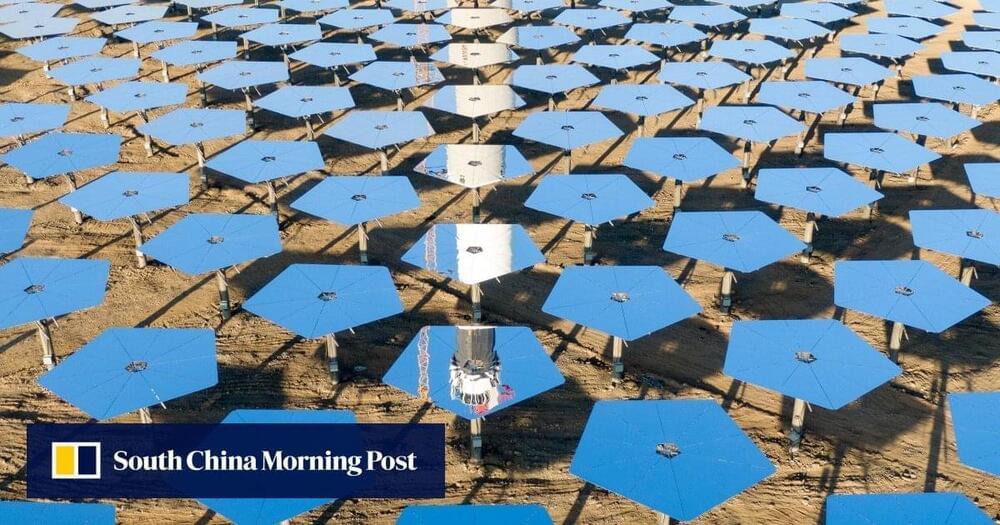
Over the last few decades, various forms of solar power stations have been proposed from around the world but they remained theoretical because of major technical challenges.
At Bishan, Chinese researchers would first need to prove that wireless power transfer worked over a long distance.
Civilian and military researchers will look at applications for the technology amid concerns about radiation and the potential for beams misfired from space.